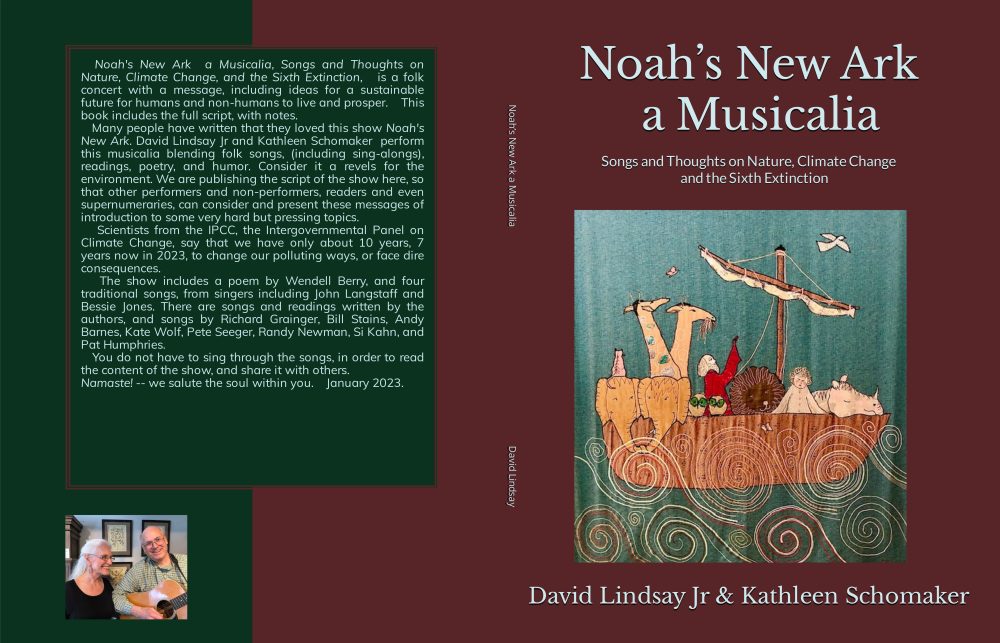. Creating a PDF for PrintBy Laurel, CreateSpace PrePress If you’re planning to submit your own fully-formatted files to CreateSpace for publication, you’ll first need to format your book document according to CreateSpace specifications using our online submission guidelines. Before submitting your finished documents, they will first need to be converted to PDF. Follow one of the three methods below to output a PDF intended for high-quality printing.
Make sure to save your working documents before creating your PDF files so that you may edit them later if you wish. Keep in mind that PDF is an open source file format, which means anyone can write PDF creation software programs or plug-ins. However, not all software will create a PDF for use in print applications. For best results, use programs and plug-ins from reputable software providers to create PDFs.
Option 1: Print to PDF With the native document open in the application you used to create your work, select “File>Print” Select “PDF” from the list of printers you are able to print to. If you do not find “PDF” in the list, there may be a “Print to PDF” or “PDF” button in the dialog box. Select this option if it is available. Otherwise, try the “Save as PDF” method below. Click “Properties”, “Settings”, or “Options” (naming depends on your system) to check the PDF settings that will be used to create your PDF file. If available, select “PDF/X-1a,” “High-Quality Print” or “Press Quality” from the list of presets. If your system allows, make sure the following settings are chosen. Any other settings should be left to default in most cases. Fonts and images are embedded. Specified page size matches the intended trim size plus bleed (if applicable). You may lose the bleed you included in your native document if not printed to the proper size. Bookmarks, annotations, and comments are disabled. Document security (any type) is not used. PDF/X format is used. PDF/X is preferred, but if you are submitting non-PDF/X files (for example, PDF/A), any comments, forms, or other non-printing objects could be removed during our review process. Transparent objects are flattened. Spreads and printer’s marks are disabled. Downsampling, or decreasing resolution, of images is disabled. Provide a name and location for the PDF file you are printing to (may default to the current name and location of the native document) and click “OK” in the print dialog box. Once created, make sure to open the PDF file to see that it appears as you intended. Otherwise, make the necessary adjustments in the native document and re-create the PDF file.
Option 2: Export as PDF With the native document open in the application you used to create your work, select “File>Export” You may need to select “PDF” if other file formats are available for export in the application. Provide a name and location for the PDF file you are exporting (may default to the current name and location of the native document) and click “Save” or “OK” in the print dialog box. Check the PDF settings that will be used to create your PDF file. If available, select “PDF/X-1a,” “High-Quality Print” or “Press Quality” from the list of presets. If your system allows, make sure the following settings are chosen. Any other settings should be left to default in most cases. Fonts and images are embedded. Bookmarks, annotations, and comments are disabled. Document security (any type) is not used. PDF/X format is used. PDF/X is preferred, but if you are submitting non-PDF/X files (for example, PDF/A), any comments, forms, or other non-printing objects could be removed during our review process. Transparent objects are flattened. Spreads and printer’s marks are disabled. Downsampling, or decreasing resolution, of images is disabled. Bleeds are enabled (if applicable). Click “Export” or “OK” in the export dialog box. Once created, make sure to open the PDF file to see that it appears as you intended. Otherwise, make the necessary adjustments in the native document and re-create the PDF file. Option 3: Save as PDF With the native document open in the application you used to create your work, select “Save As” from the application’s main menu or “File” menu. Choose “P
Source: CreateSpace Community: Creating a PDF for Print



